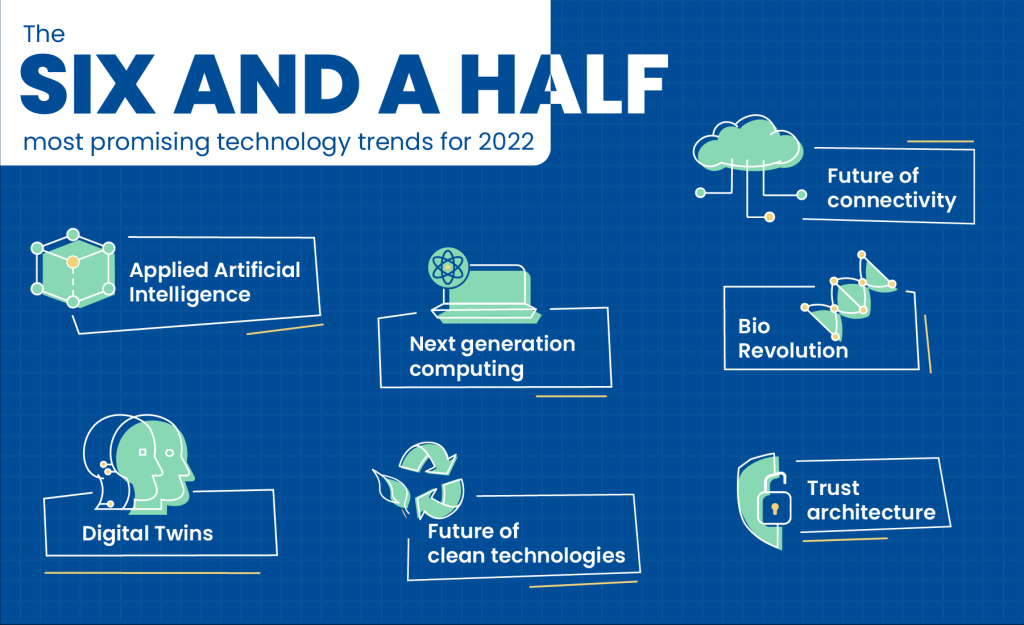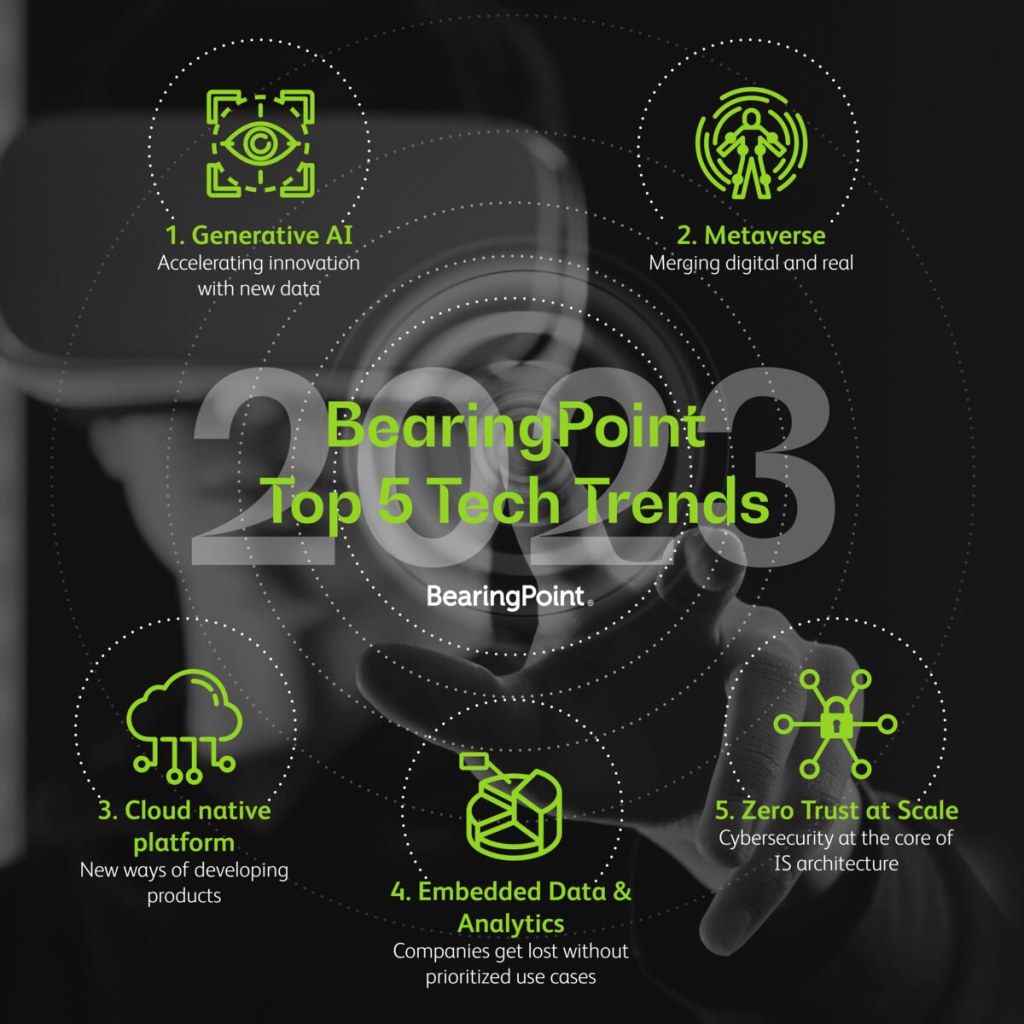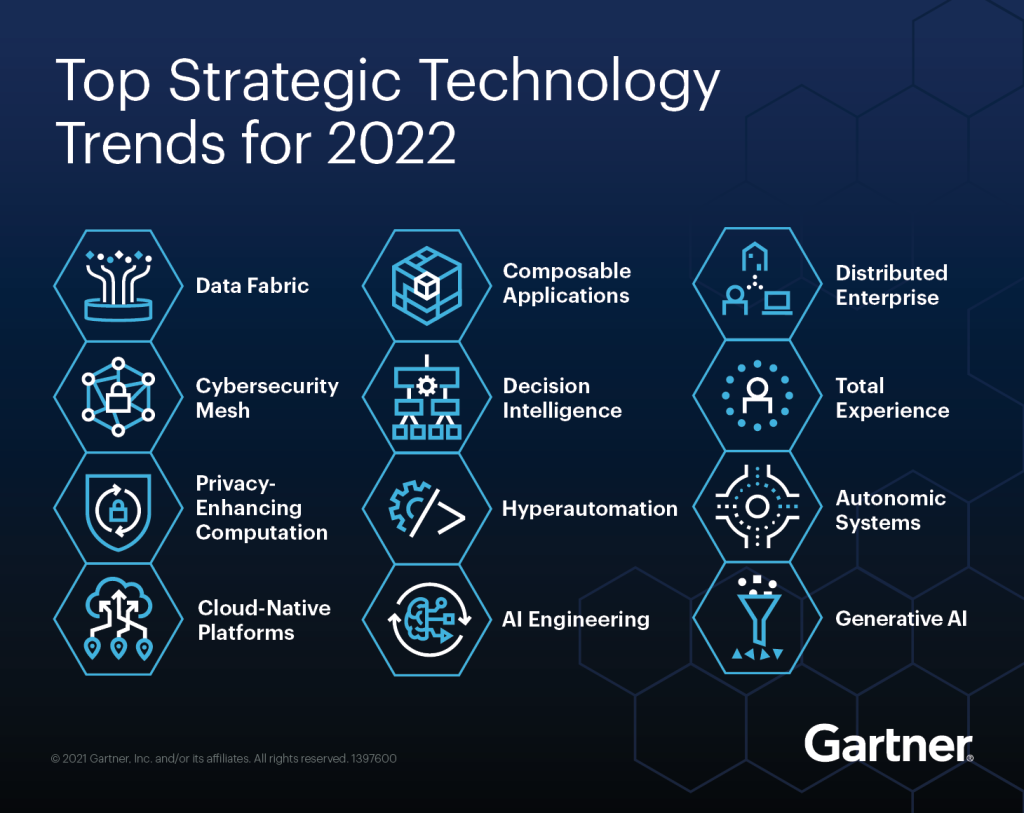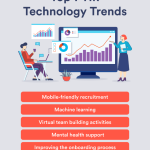Unveiling The Cutting-Edge Data Trends: Stay Ahead With The Latest Technology!
Latest Technology Trends in Data
Introduction
Hello Readers,
3 Picture Gallery: Unveiling The Cutting-Edge Data Trends: Stay Ahead With The Latest Technology!



Welcome to this article on the latest technology trends in data. In today’s digital world, data plays a crucial role in decision-making, innovation, and business growth. As technology continues to evolve, so do the trends and practices surrounding data management and analysis. In this article, we will explore the most recent developments in data technology and how they are shaping various industries. So, let’s dive in and discover the exciting world of data trends!
The What of Data Technology Trends

Image Source: celus.io
🔍 Data technology trends refer to the advancements and changes in the tools, techniques, and methodologies used for collecting, storing, processing, analyzing, and visualizing data. These trends enable organizations to make data-driven decisions and gain valuable insights from their vast amounts of information.
One of the key trends in data technology is the rise of big data. With the exponential growth of data generated by individuals, businesses, and devices, organizations are leveraging big data analytics tools to extract meaningful patterns and trends.
Another important aspect is the adoption of cloud-based data storage and processing solutions. Cloud platforms offer scalability, flexibility, and cost-efficiency, allowing businesses to store and analyze large volumes of data without the need for extensive infrastructure.

Image Source: bearingpoint.com
Artificial Intelligence (AI) and Machine Learning (ML) are also revolutionizing data technology. These technologies enable automated data analysis, anomaly detection, and predictive modeling, leading to more accurate and efficient decision-making processes.
Data visualization is another trend that has gained prominence in recent years. With the help of interactive dashboards and visual representations, organizations can easily communicate and understand complex data, making it more accessible to a wider audience.

Image Source: gcom.cloud
Blockchain, the technology behind cryptocurrencies, is also making its way into data management. Its decentralized and immutable nature provides enhanced security and transparency, making it ideal for storing and sharing sensitive data.
Lastly, the Internet of Things (IoT) has opened up new possibilities in data technology. With billions of interconnected devices generating data, organizations can harness this information to optimize processes, improve customer experiences, and drive innovation.
The Who of Data Technology Trends
👥 The latest technology trends in data are relevant to various industries and professionals. Data scientists and analysts are at the forefront of implementing these trends to derive insights and make informed decisions.
Companies across sectors, such as finance, healthcare, retail, manufacturing, and transportation, are leveraging data technology to gain a competitive edge. They are tapping into the power of data analytics to optimize operations, personalize customer experiences, and identify new revenue streams.
Government agencies and non-profit organizations are also utilizing data technology to improve citizen services, optimize resource allocation, and tackle social challenges.
Furthermore, data technology trends are relevant to software developers, engineers, and IT professionals who are responsible for building and maintaining the infrastructure and platforms required for data management and analysis.
Lastly, data technology trends impact end-users and consumers who benefit from improved products, services, and experiences resulting from data-driven decision-making.
The When and Where of Data Technology Trends
📅 Data technology trends are ongoing and evolving at a rapid pace. New advancements are constantly emerging, and organizations need to stay updated to remain competitive.
These trends are relevant across the globe, as data is a universal asset. However, the adoption and implementation of data technology may vary depending on factors such as industry, geography, and organizational culture.
Major technology hubs and innovation centers, such as Silicon Valley, London, and Singapore, often witness early adoption of data technology trends. However, with the increasing availability of cloud-based solutions, even small and medium-sized businesses can leverage these trends to drive growth.
The Why of Data Technology Trends
❓ The adoption of data technology trends is driven by several factors:
1️⃣ The need for data-driven decision-making: In today’s competitive landscape, organizations cannot afford to rely on intuition alone. Data technology enables businesses to make informed decisions based on real-time insights and evidence.
2️⃣ The potential for innovation and growth: Data technology empowers organizations to uncover hidden patterns, identify market trends, and develop innovative products and services. This leads to business growth and increased customer satisfaction.
3️⃣ The quest for operational efficiency: By leveraging data technology, businesses can optimize their operations, streamline processes, and reduce costs. This efficiency translates into improved productivity and profitability.
4️⃣ The rise of customer-centricity: Data technology enables organizations to gain a deeper understanding of their customers’ preferences, needs, and behavior. This knowledge allows businesses to deliver personalized experiences, build loyalty, and drive customer satisfaction.
The How of Data Technology Trends
💡 Implementing data technology trends requires a holistic approach:
1️⃣ Assess your organization’s data maturity: Evaluate your current data management capabilities and identify areas for improvement. This assessment will help you understand which trends are most relevant to your organization.
2️⃣ Invest in the right tools and technologies: Choose data analytics platforms, cloud solutions, and AI/ML frameworks that align with your business goals and requirements.
3️⃣ Build a data-driven culture: Encourage data literacy and promote the value of data-driven decision-making throughout your organization. Make sure employees have access to training and resources to enhance their data skills.
4️⃣ Ensure data privacy and security: With increased data usage comes the need for robust security measures. Implement data privacy policies, comply with regulations, and invest in data encryption and access controls.
5️⃣ Foster collaboration and cross-functional teams: Data technology implementation requires collaboration between IT, data scientists, analysts, and business stakeholders. Foster a culture of collaboration and facilitate knowledge-sharing.
Advantages and Disadvantages of Data Technology Trends
Advantages:
1. Improved decision-making: Data technology enables organizations to make data-driven decisions, leading to more accurate and informed choices.
2. Enhanced efficiency: By automating data analysis and streamlining processes, organizations can achieve higher levels of operational efficiency.
3. Innovation and growth: Data technology unlocks insights and patterns that drive innovation, helping businesses develop new products and expand their market presence.
4. Personalized experiences: With data analytics, organizations can deliver personalized experiences, improving customer satisfaction and loyalty.
5. Improved security: Blockchain technology enhances data security through its decentralized and immutable nature, reducing the risk of data breaches.
Disadvantages:
1. Data privacy concerns: With increased data collection and analysis, there are concerns about privacy and the ethical use of personal information.
2. Initial investment: Implementing data technology trends may require significant upfront investment in infrastructure, tools, and talent.
3. Data quality and accuracy: The success of data technology relies on the availability of high-quality and accurate data. Ensuring data integrity can be a challenge.
4. Skill gaps and talent shortage: The demand for data professionals often exceeds the supply, leading to skill gaps and competition for talent.
5. Technical complexity: Data technology trends involve complex technologies and methodologies, requiring organizations to invest in training and upskilling their workforce.
Frequently Asked Questions (FAQs)
Q: What are the key data technology trends to watch out for in 2021?
A: In 2021, some of the key data technology trends include the adoption of edge computing, the rise of augmented analytics, the use of natural language processing for data analysis, and the increasing importance of data ethics and governance.
Q: How can organizations ensure data security in the era of data technology?
A: Organizations can ensure data security by implementing robust encryption techniques, access controls, regular security audits, and compliance with data protection regulations. Additionally, investing in cybersecurity measures and raising employee awareness about data security best practices is vital.
Q: What are the challenges in implementing data technology trends?
A: Some challenges in implementing data technology trends include data quality issues, lack of skilled professionals, resistance to change in organizational culture, and the need for substantial investments in infrastructure and tools.
Q: How can small businesses leverage data technology trends?
A: Small businesses can leverage data technology trends by using cloud-based solutions, partnering with data analytics providers, and investing in training their existing workforce. They can also start small, focusing on specific use cases that deliver immediate value.
Q: How do data technology trends impact job roles and employment?
A: Data technology trends are reshaping job roles, with an increased demand for data scientists, analysts, and AI/ML experts. Traditional job roles may require additional data skills, while new job roles focused on data management and governance are emerging.
Conclusion
In conclusion, the latest technology trends in data have revolutionized the way organizations collect, store, analyze, and interpret information. From big data analytics to AI and machine learning, these trends offer immense opportunities for innovation, growth, and improved decision-making. However, they also come with challenges such as data privacy concerns and the need for skilled professionals. By staying updated with the latest trends, investing in the right tools, and fostering a data-driven culture, organizations can harness the power of data technology and gain a competitive edge in today’s digital landscape.
Final Remarks
Thank you for reading this comprehensive article on the latest technology trends in data. We hope you found valuable insights and inspiration for leveraging data technology in your organization. Remember, data is a precious resource, and harnessing its potential can unlock endless possibilities. Stay curious, keep exploring, and embrace the power of data!
This post topic: Latest Technology Trends



